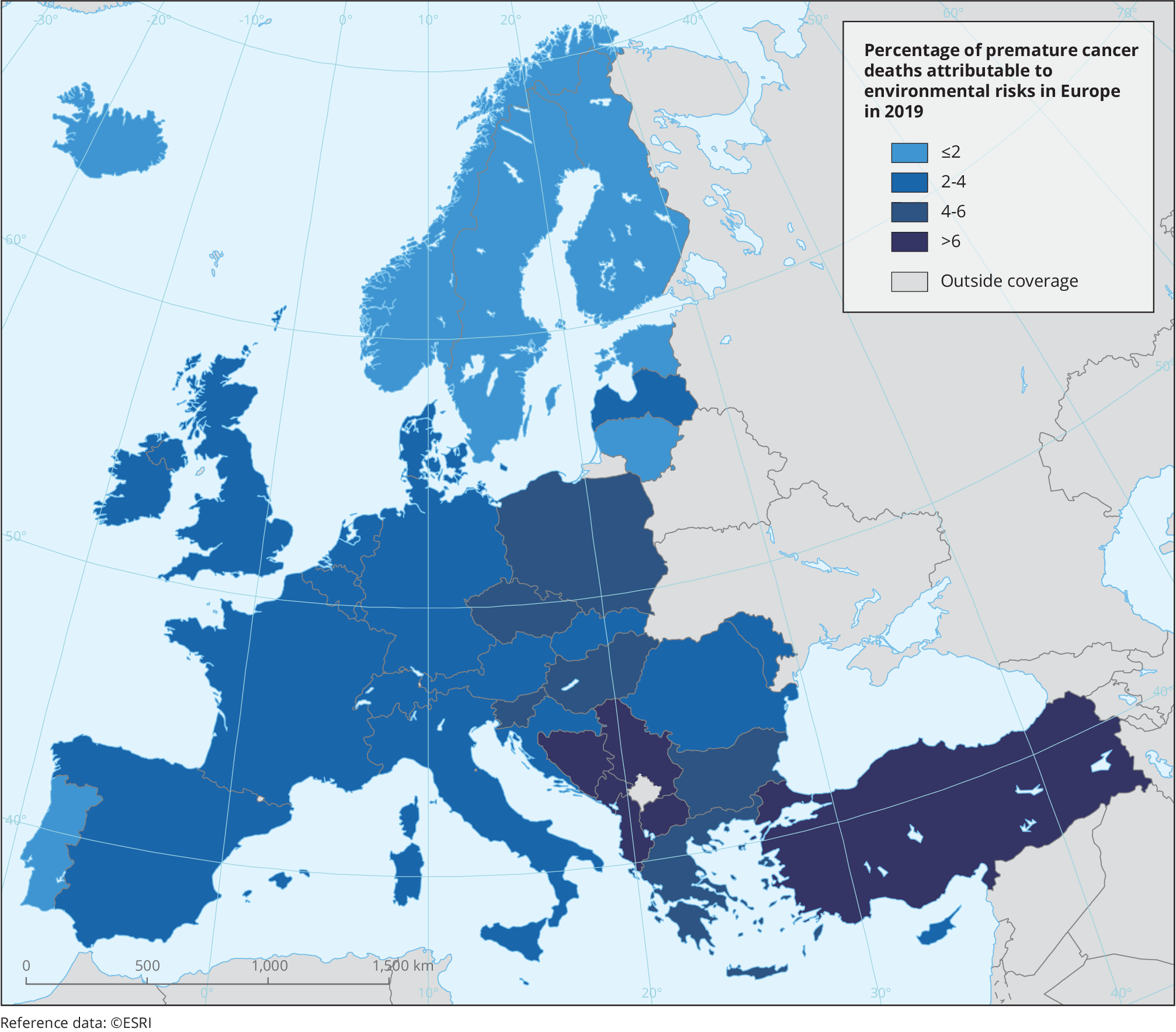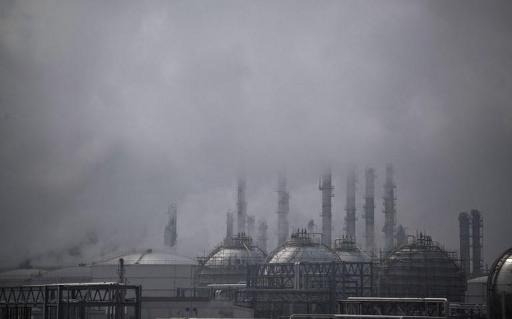New calculations by the European Environmental Agency (EEA) have definitively proven the link between pollution and cancer. Having reviewed existing medical literature on the effects of pollutants and contaminants on certain cancers, the agency now concludes that some 3 million cases of cancer each year are caused by pollution in our cities and workplaces.
The new report, entitled 'Beating Cancer – the role of Europe’s environment', states that “most environmental and occupational cancer risks” can be overcome by eliminating pollution from European cities and changing our behaviour.
Some day-to-day pollutants which can cause cancer include air pollution, radon, ultraviolet radiation, tobacco smoke, and other substances and chemicals.
“With more than 1.3 million deaths each year in the European Union, cancer weighs heavily on our society,” the EEA stated. “The economic costs are also huge, estimated at around €178 billion in 2018 alone.”
The fight against cancer is now being increasingly viewed in light of Europe’s attempts to go green. The EU’s “cancer plan for Europe”, besides increasing screening and detection of cancers, aims to reduce environmental and preventable cancers. Up to 40% of cancers are preventable, it says.
A healthier environment for a healthier society
The EU will work towards reducing tobacco consumption to just 5% of the EU population by 2040, reducing harmful alcohol intake by 10% by 2025, reducing environmental pollution, and improving health literacy and healthier lifestyles.
According to the report, air pollution is linked to around 1% of cancer cases in Europe and 2% of all cancer deaths. Lung cancer accounts for some 9% of deaths. Research cited by the report links long-term exposure to particulate matter, a major pollutant, with leukaemia in adults and children.
Exposure to tobacco smoke, even in those who do not smoke, can increase the risk of cancer by up to 16%. 31% of Europeans breathe in tobacco smoke at home, at work, during their leisure time, at educational institutions, or in public places.
The research cites other risk factors such as lead, chromium, cadmium, acrylamide, pesticide, bisphenols, PFAS, and asbestos exposure as major causes of cancer. Countries such as those in Eastern Europe and the Balkans have higher levels of pollutants than those found in Western Europe.

Credit: Global Burden of Disease Study/ IHME
“The EEA report highlights that too many cancer cases have an underlying environmental cause,” explains Virginijus Sinkevičius, European Commissioner for the Environment, Oceans, and Fisheries. “The good news is that we can act now to reduce pollution and prevent deaths.”
The commissioner says that the zero-emissions goal of the European Green Deal should help deliver the cancer reductions that Europe needs. “What is better for the environment is also better for us.”
Related News
- Oral sex and throat cancer link increasingly apparent, UZ Leuven claims
- 3M pollution: Garden excavations planned for nearby residents
The EU has already taken action on some of the largest sources of cancer-causing pollutants. The National Emission Reduction Commitments Directive and the Ambient Air Quality Directives set new standards for air quality in Europe, which are currently being reviewed to ensure consistent reductions in particulate matter.
Other EU directives already ban certain cancerous chemicals and provide rules for monitoring the human exposition to radioactive radon gas.
“Reducing pollution through the EU’s Zero Pollution Action Plan and the Chemicals Sustainability Strategy… would go a long way towards reducing the number of cancers and deaths. It would be an effective investment in the well-being of European citizens,” concluded Hans Bruyninckx, Executive Director of the EEA.

